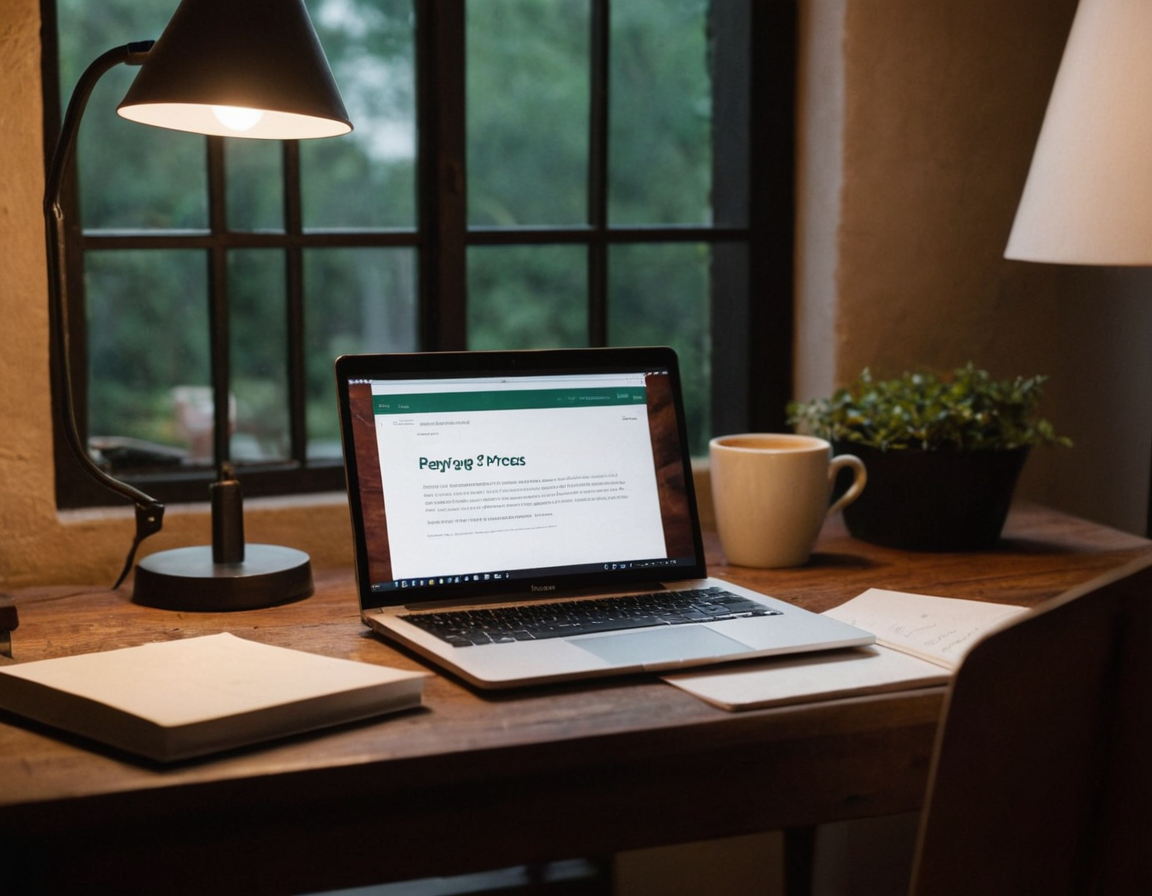How to Avoid Accidental Plagiarism: Real-Time AI Checks While You Write
Discover all of ResearchWize’s features to supercharge your academic workflow.

Accidental plagiarism is a growing concern for university students, often stemming from a lack of awareness or understanding of proper citation practices. With the advent of AI tools designed to check for plagiarism in real-time, students can now write with confidence, knowing that they have a safety net to help maintain academic integrity. This article explores how you can leverage these tools effectively while writing, providing practical workflows and steps to avoid common pitfalls.
Understanding Accidental Plagiarism
Accidental plagiarism often occurs when students fail to properly attribute sources or paraphrase poorly. This can happen due to oversight, misunderstanding of citation rules, or simply because of the pressure to meet deadlines. Regardless of the reason, the consequences can be severe, ranging from grade penalties to more serious academic repercussions.
Why Real-Time AI Checks Are Beneficial
Real-time AI plagiarism checkers offer several advantages:
- Instant Feedback: Receive immediate alerts on potential plagiarism as you write, allowing for quick corrections.
- Enhanced Learning: Understand the nuances of paraphrasing and citation through AI suggestions.
- Confidence in Originality: Submit assignments with the assurance that your work is free from unintentional plagiarism.
Setting Up Real-Time AI Plagiarism Checks
To make the most out of AI tools, it is essential to set them up correctly before you begin writing. Here’s a simple workflow:
- Select a Reliable Tool: Choose an AI tool that integrates seamlessly with your word processor or writing platform.
- Configure Settings: Customize the tool's settings to suit your writing style, such as sensitivity levels for plagiarism detection.
- Link to Your Reference Manager: Ensure your AI tool can access your bibliography or reference manager to verify citations.
- Enable Real-Time Checks: Activate real-time monitoring to receive feedback as you write.
- Test the Tool: Run a test document to ensure the tool is working correctly before starting your actual assignment.
Incorporating AI Checks into Your Writing Process
Once your AI tool is set up, incorporate it into your writing process with these steps:
1. Start with a Draft
Begin by drafting your paper without worrying about plagiarism. Focus on getting your ideas down, using placeholders for citations if necessary.
2. Use AI Suggestions
As you write, pay attention to the AI tool’s suggestions. These may include:
- Highlighting text that matches external sources.
- Providing alternative phrasing for better paraphrasing.
- Suggesting proper citation formats based on your writing style guide.
3. Revise and Edit
Use the AI feedback to revise sections flagged for potential plagiarism. Ensure that all sources are correctly cited and that paraphrased content is sufficiently original.
4. Final Check
Before submission, conduct a final AI check to ensure no accidental plagiarism remains. This step is crucial for catching any missed citations or improperly paraphrased sections.
Common Pitfalls and How to Avoid Them
Despite the advantages, there are common pitfalls when using AI tools:
- Over-reliance on AI: While AI can identify potential plagiarism, it cannot replace a thorough understanding of citation rules. Always double-check suggestions manually.
- Ignoring False Positives: AI tools may sometimes flag text incorrectly. Review each suggestion carefully to determine its validity.
- Not Updating References: Ensure your bibliography is up-to-date to avoid discrepancies between cited works and your reference list.
Example Workflow for Using Real-Time AI Checks
Here’s a concise workflow example for effectively using real-time AI checks while writing:
- Install and configure your chosen AI tool with your word processor.
- Begin your assignment, focusing on content creation.
- Monitor AI suggestions for potential plagiarism alerts.
- Revise flagged sections, ensuring proper citations and paraphrasing.
- Conduct a comprehensive final check before submission.
Conclusion
Real-time AI checks are invaluable tools for university students aiming to uphold academic integrity. By integrating these technologies into your writing process, you can significantly reduce the risk of accidental plagiarism. Remember, while AI tools provide guidance, the responsibility of understanding and applying proper citation practices ultimately lies with you. By following the steps outlined in this article, you can confidently produce original work that meets the highest standards of academic excellence.

- AI Flashcard Generator (Chrome)
- Summarize PDF AI Tool (Chrome)
- Essay Outline Generator (Chrome)
- Best Chrome Summarizer Extension
- Alternatives to ChatPDF
- Chrome Extension for Students
- Install Extension
- See All Features
Ready to Level Up Your Research?
Install ResearchWize and transform how you study, write, and research.
Install ResearchWize Now